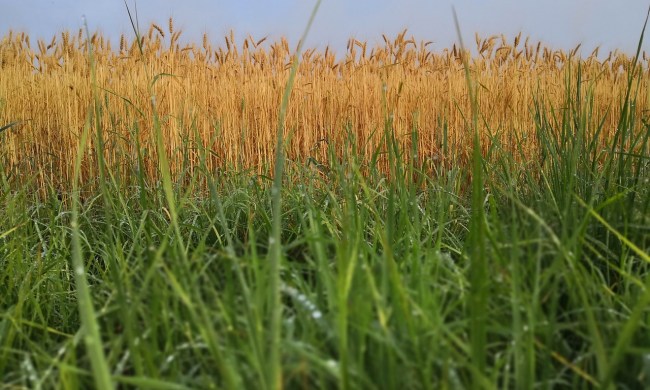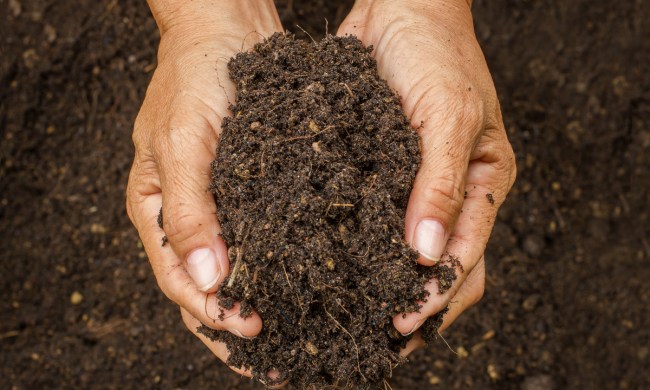A freshly manicured green lawn is the end goal of any homeowner for their yard, but your turf might not always look its best come wintertime. Naturally, some grasses can go brown and dormant when it’s cold outside. If you’re looking for grass that grows in the winter, you’re not out of luck. Many cool-season grasses can be seeded during the winter — here’s what you need to know about them and which are the most winter-hardy types.
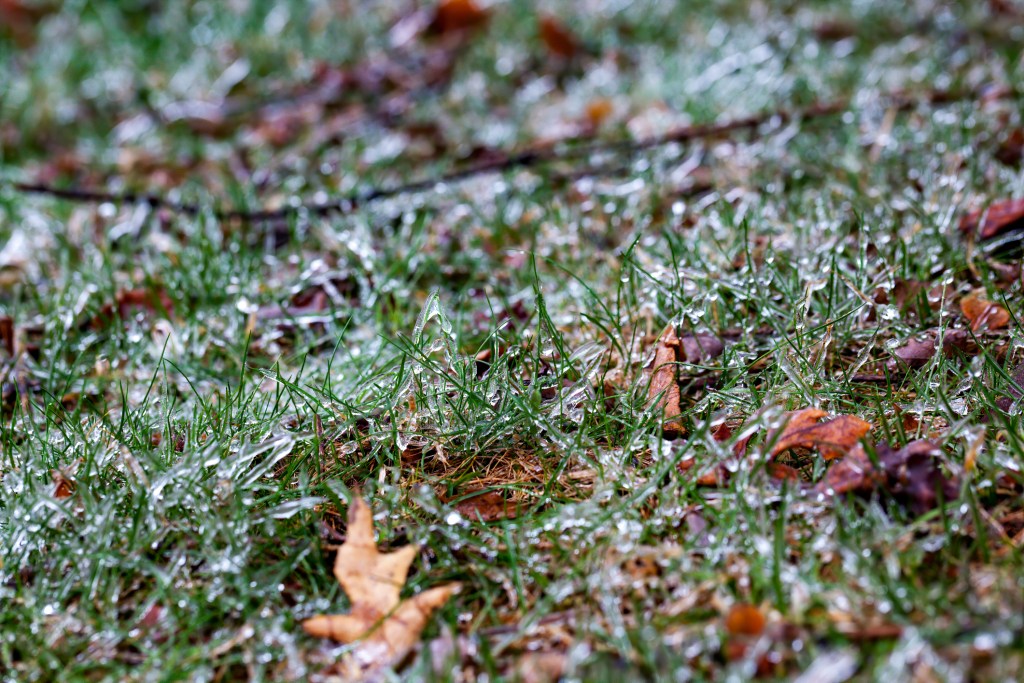
Can you grow grass over winter?
Well, is it possible to keep grass happy and healthy during the dormant season? Yes! If your climate zone experiences harsh winters with prolonged periods of subzero temperatures, you may have more difficulty growing grass. If you don’t face harsh temperatures, you’ll likely be able to cultivate grass during the dormant season. Keep in mind the type of grass you want to grow, as some varieties are hardier than others.
With all that said, there are really two types of grasses: warm-season grass and cool-season grass. As their names imply, the former is best planted in the spring or early summer, while the latter is ideal for late fall or early winter. Cool-season grass grows best in conditions between 60 to 75 degrees Fahrenheit, so you might not see too much growth throughout the winter, but it can withstand winter conditions.
More likely than not, you’ll be dormant seeding a cool-season grass if you decide to grow grass over the winter. This is the practice of sowing grass in the winter when the grass seeds are inactive as the temperatures drop below 50 degrees. This practice can even work when temperatures are below 40 degrees. Basically, your cool-season grass seeds will stay dormant until spring conditions allow them to grow and thrive.
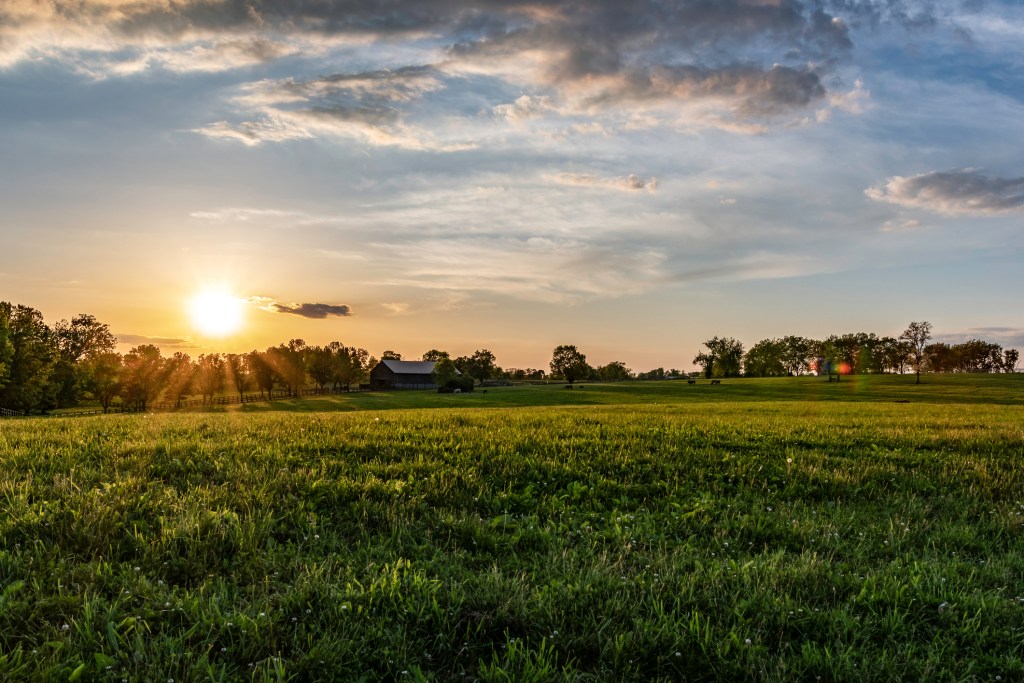
The best grasses to grow during the winter
Looking for hardy grass that grows in winter? Here’s a convenient guide. In most cases, these grasses exist in mixes together, but it’s worth knowing what attributes they each have.
- Kentucky bluegrass: Often found in climate zones 2 through 7, Kentucky bluegrass is a winter-hardy and fine-textured bluegrass. It thrives in full sun but goes dormant in dry, hot weather. Supply this grass with fertile soil that offers good drainage. Kentucky bluegrass is often planted in the fall from September to November or late winter in February.
- Tall fescue: Tall fescue is a deep-rooted perennial grass found in low pastures everywhere from the Pacific Northwest to the South. It grows prolifically, and although it does best in moist conditions, it has pretty good drought tolerance. Tall fescue excels when planted in early fall, but you can dormant seed it around November, too.
- Perennial ryegrass: Often found in turf seed mixes with Kentucky bluegrass and fescue, this hardy, coarse grass is known for its fast germination rates. It does best in the transition zone, which spans from the eastern edge of New Mexico to the central East Coast. Because it tends to grow in clumps, you’ll often find it in mixes with other grass varieties. Early fall or spring is ideal for ryegrass, but you can over-seed it during the winter months.
- Fine fescue: Fine fescue is a relatively drought-tolerant addition to many grass seed mixes. Its color ranges from medium-green to blue-green and it features, as you may have already guessed, a fine texture. Besides its drought tolerance, it can also tolerate shade and sparse fertilizing. Again, it thrives in early fall, but it can also handle dormant seeding in winter.
- Creeping bentgrass: Bentgrass enjoys the cool, humid conditions of places like the Northeast. It can also be found in the South, but only four species can be used as turf grass. Though it grows in dense mats, it’s often found on golf courses, where it can take low mowing. During hot, dry summer months, keep on top of fertilizing and watering bentgrass, or else it might turn brown. Cool weather during the fall is ideal for planting bentgrass, though allowing it to lay dormant during the winter works as well. It helps to give it time to mature so that it won’t die off in hotter months.
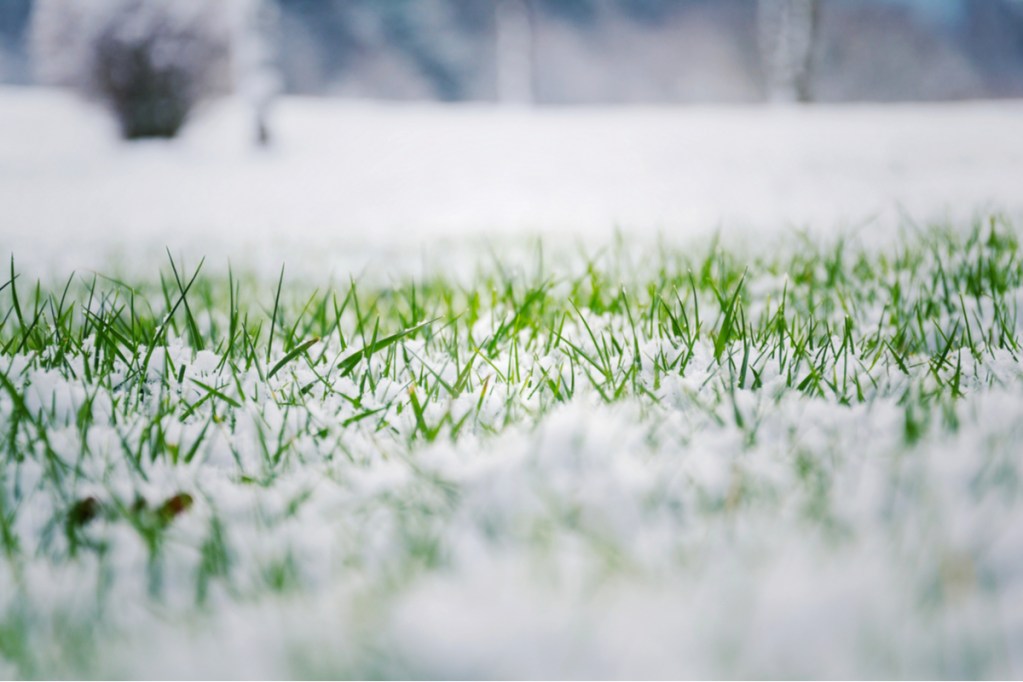
Frequently asked questions about growing grass during winter
Which grass stays green in winter?
Warm-season grasses will likely go brown and dormant during the winter. If you’re looking for grass that will stay green during the winter, consider planting cool-season grass as soon as fall comes around. Anything we’ve mentioned above will thrive when the temperatures drop.
What grass lasts all year?
Grass that lasts all year can depend on your mowing, watering, and fertilizing regimen. Warm-season grasses will naturally go brown and dormant in the winter. With cool-season grass, you can attempt to keep the grass green with sufficient watering throughout the summer. If you’re on the lookout for grass types that have a decent shot of lasting all year, consider looking into Kentucky bluegrass, zoysia, and Bermuda grass. Fescue is also an excellent choice for grass that lasts all year because it’s relatively drought and shade tolerant.
While we might associate fresh grass with the warm days of summer and spring, it’s feasible to nourish them during the fall and winter. Growing grass in the winter, or at least seeding it, is very possible. From Kentucky bluegrass to various fescue grasses, cool-season grasses can help you achieve a healthy turf throughout the year.

